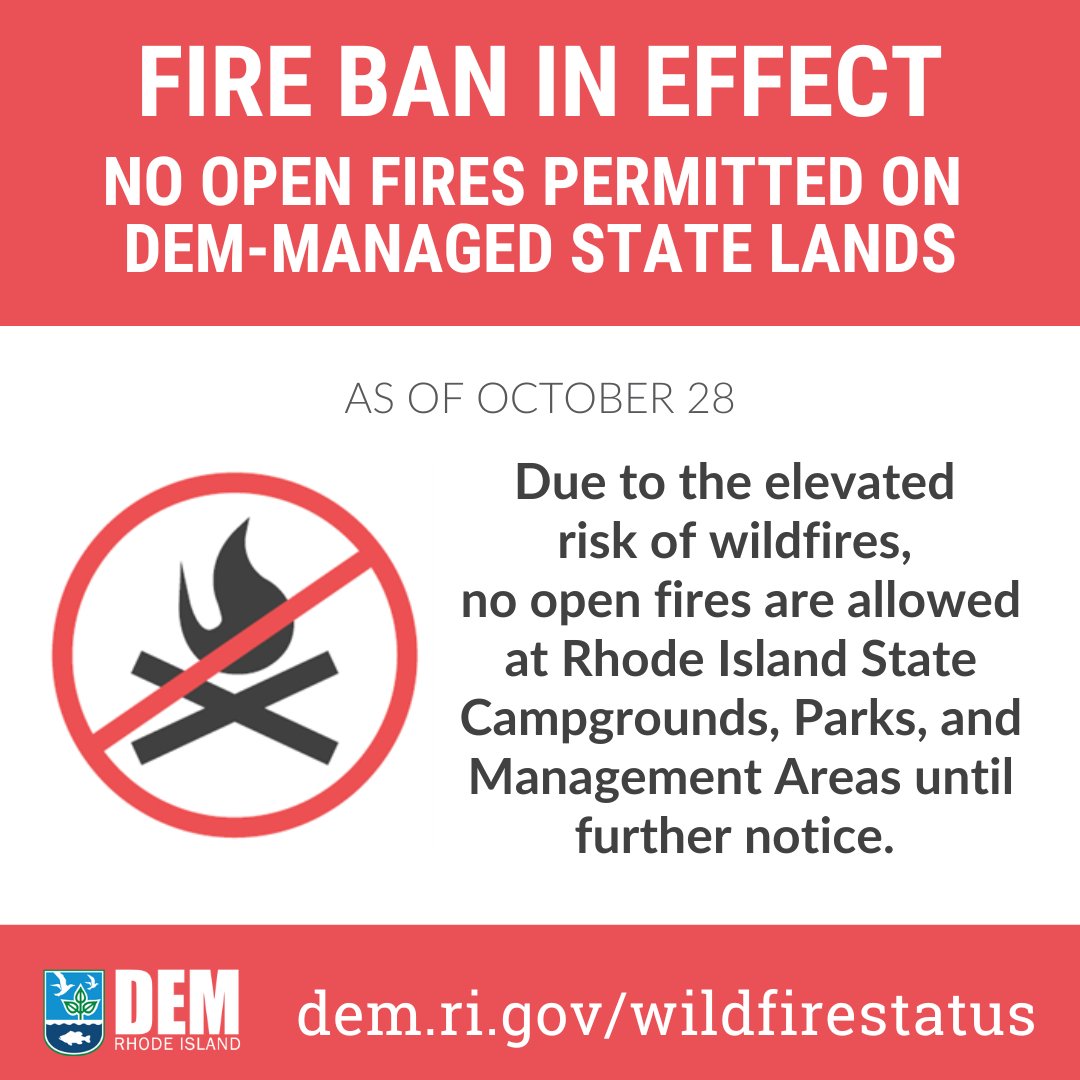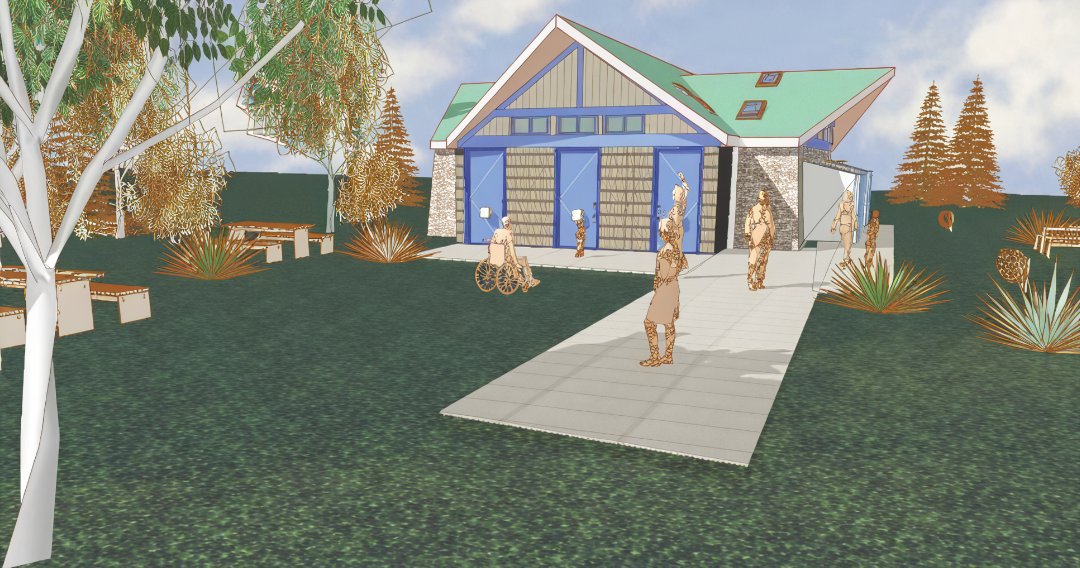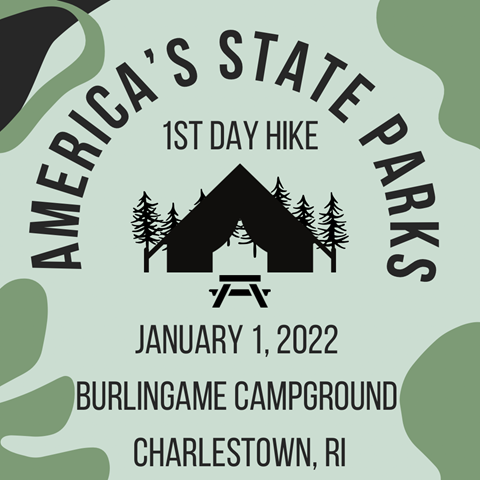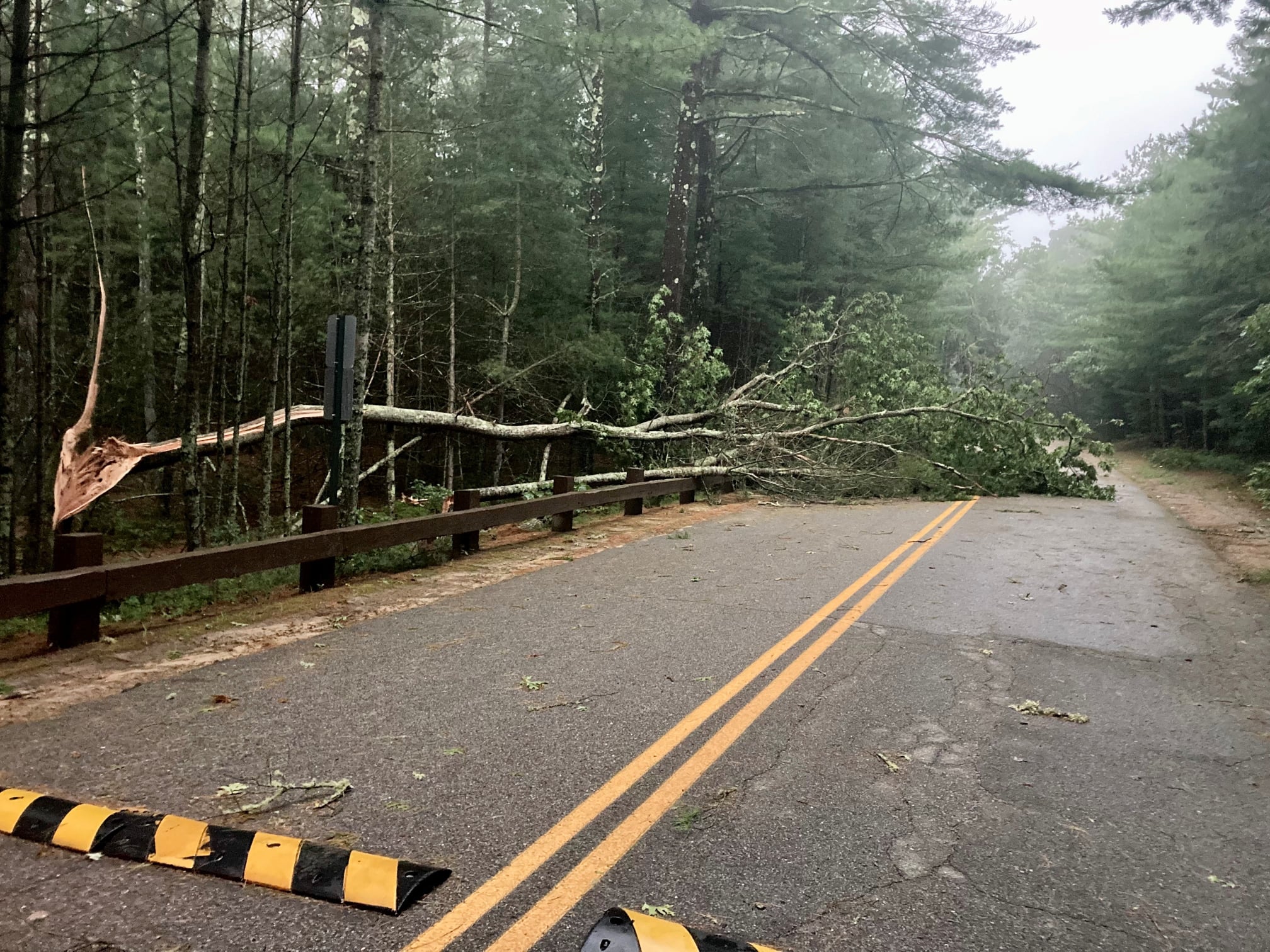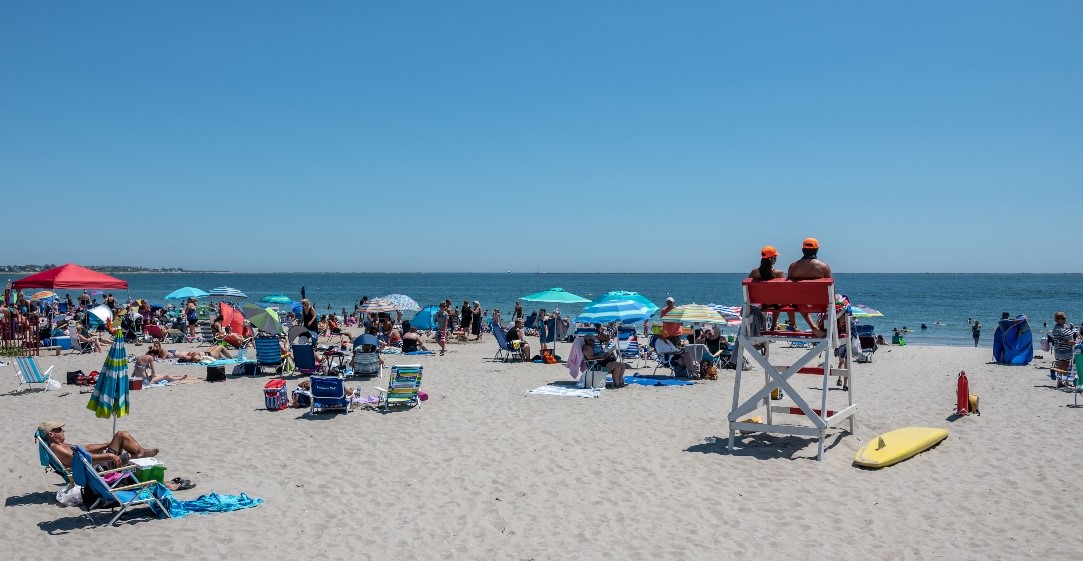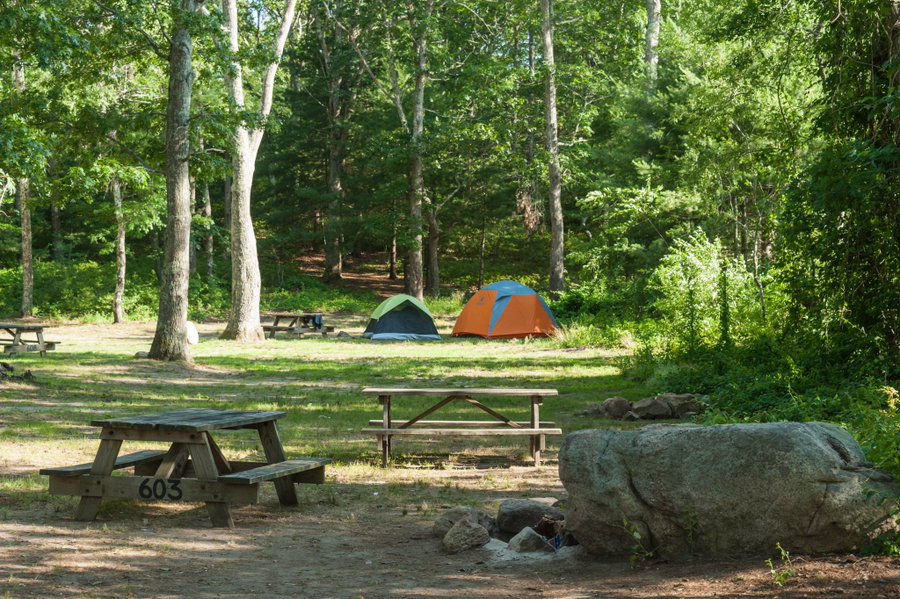Decade-Old
Charlestown Citizens/Sachem Passage Alliance Association Emerges From The Mud
Hole
By Robert
Yarnall
In small towns,
it is easy for small decisions and big mistakes, local squabbles and petty
rivalries to become the business of everyone. This is the story of how one
neighborhood’s disputes can have a major effect on everyone, residents and town
employees alike.
Part 2
Sedimental Journey
To read Part 1, CLICK HERE.
With
a wink and nod to trick or treat season, the USPS recently delivered an
official SPA 2021 Board of Directors’ Survey to every Sachem Passage property
owner in order to explore the future of Oyster Drive 05-95-5. Click here for a very cool GIS plug
& play of the venue under the microscope.
What
you need to know: twenty-one years ago, a small group of Sachem Passage
residents voted to accept an offer of “free land” from Randall Associates,
thereby assuming ownership of not only the vacant lot, but also the financial
responsibility attached to property ownership:
taxes, liability insurance and maintenance costs.
In a nutshell,
the dilemma SPAvillians now face is a tad squirrelly. The situation is best illustrated
by the Board of Directors’ Survey itself, developed under the auspices of
newly-elected SPA president Ronald Areglado.
To
add context to the BOD Survey, it may be helpful to note that Mr. Aregaldo boasts
a doctorate in education and is considered by some to be a masterful
public speaker with a recognized penchant for nuance. Nonetheless, he was the
unsuccessful Charlestown Citizens Alliance (CCA) 2020 candidate for Town
Moderator, trounced by Charlie Beck, the straight-talking owner of the
Charlestown MiniSuper.
Below
in italicized font are the introductory paragraphs that CCA adherent/SPA
president Ronald Areglado served up as a preamble trick to the SPA 2021 Board
of Directors’ Halloween treat survey.
“In September 2000, 4.2 acres
of property located on Foster Cove was deeded to the Sachem Passage
Association, Inc. This property, formerly owned by Randall Associates,
contained a right-of-way (Oyster Drive) that was for the exclusive use of all
Sachem Passage I & II property owners. To facilitate this transfer of
ownership and manage the property, Sachem Passage Association was formed and
incorporated (June 2000).”
“A membership survey was
performed in 2008 to explore the uses and options for the property. Since then,
we have many new members in our community. The current Board of Directors feels
that the input of all the property owners in Sachem Passage I & II is
essential, and we would value your participation at this time by completing the
enclosed survey. Please return this survey by November 8, 2021. To protect
individual responses, results will be summarized and shared with the
membership, and the Board of Directors will act in accordance with the
findings.”
For
the benefit of readers who are not familiar with the modus operandi of the
Charlestown Citizens Alliance (CCA), it reminds its elected, appointed, and
endorsed politicos that “it’s not what you say, it’s what you don’t say.” Former
one-year-only Charlestown Elementary School Principal Ronald Areglado (1998-99)
embodies this CCA primal doctrine better than anyone. Just ask retired Chariho Superintendent of
Schools John Pini.
Prior
to September 2000, every property deed in Sachem Passage I & II contained a
deeded right-of-way to Charlestown Pond. Our deeded right-of-way existed
independent of any other parcel of land then owned by Randall Associates, it
cost us nothing, there were no strings attached. The right-of-way was simply a
humble, overgrown path that had been used for generations by the Narragansett
Indian Tribe to access the salt pond for fishing, oystering, berry picking and
related activities.
 |
| Screen shot from the TOWN's GIS map of the property |
Sachem
Passage Association, Inc., a nonprofit business corporation- was created in June 2000
to facilitate the transfer of the Oyster Drive vacant lot from Randall
Associates to Sachem Passage Association, Inc.
The property transfer provided
Randall Associates the opportunity to offload 26 years of property taxes and
liability insurance premiums on a lot likely to be deemed unbuildable, based on
the Town of Charlestown GIS mapping data available here (select Base Maps >
Planimetric Base Map ; select Map Layer, check Wetlands, check 2014 Soils)
The
2008 membership survey was initiated by the SPA Board of Directors as a
response to the burgeoning reality that the overwhelming majority of Sachem
Passage residents had little or no interest in utilizing the Oyster Drive
property. A spate of disinterested
property owners ignored requests for annual dues payments that were necessary
to maintain the costs associated with the property. To most of us in Sachem
Passage this was no surprise.
Before
2000, the Sachem Passage Association was nothing more than a collegial
geographic descriptor for an area of town lucky enough to be within sleep
walking distance of Watchaug Pond and the Burlingame Park Picnic Area. There
was no formal structure, no meetings, no by-laws, no dues, no semblance of the
dreaded self-serving embezzlement-prone
“home owners association” movement that accompanied the American condominium
boom beginning in the late 1970’s and exists to this day.
We
were a young neighborhood then, composed primarily of nuclear families with
toddlers and pre-adolescent school children. School busses made multiple stops.
Dogs pretty much had free reign as they accompanied their human pets on their daily
walks. There was a healthy sprinkling of “seasoned citizens” representing the
best of “the greatest generation.” They graciously took it upon themselves to
host the first couple of rounds of holiday parties, staying in the background,
learning about “the new kids on the block.”
Then
things started to change, as things always do. Sometime before the
incorporation of the SPA in 2000, Randall Associates let it be known a vacant
lot with Ninigret Pond frontage could be had for the asking. And it just so
happened that our “deeded right-of-way” traversed this particular parcel.
The
neighborhood began kicking around the idea of accepting the Randall offer.
Sachem Passage resident John Kaptinski voiced unbridled enthusiasm for the
acquisition, citing its value as both a real estate and a life style asset that
could be developed for recreational opportunities.
Mr.
Kaptinski’s neighbor, Rob Lyons, Ocean House Marina owner and current Coastal
Pond Management Commission chairman, offered a different assessment based on
his working knowledge of the salt pond. Mr. Lyons indicated that the muddy
bottom of Foster Cove, typical for that part of the salt pond, might not be the
best place to pursue activities generally associated with seasonal recreational
options afforded by Ninigret Pond. I told John Kaptinski that I agreed with Rob
Lyons’ assessment of Foster Cove.
 |
| Cinder Worm (from Wikipedia) |
Since
1990 I had fished Foster Cove from a 14-foot McKee Craft, a Boston Whaler-style
boat purchased at Ocean House Marina and outfitted specifically to access any
part of Ninigret Pond including the breachway, sandy jetties and/or recessed coves.
Small boat is the way to go to access Foster Cove, unless you enjoy salt water
mud baths.
Foster
Cove is indeed muddy, the kind of mud that provides the ideal habitat for a nematode
known locally as a cinder worm, an animal that is singularly responsible for
one of the most anticipated fishing events on the East Coast for pursuers of
the coveted Striped Bass. The event is called the cinder worm hatch, which is very
much of a misnomer.
 |
| Here's a cinder worm hatch in progress |
The
cinder worm hatch is
actually a spawning event. Every year toward the end of May, when the sun is
strong and warms the muddy bottom of the salt pond to just the right
temperature, cinder worms (nematodes) who live embedded in the mud for the rest
of the year rise up into the water and spew forth their reproductive fluids for
a few weeks.
Think about that if someone tries to talk you into a cozy footbath
in the warm mud of Foster Cove.
Quick
foot notes aside, I told John Kaptinski 21 years ago that I was opting out of the
oasis-in-the-rough idea. I and other families with kids in the neighborhood
were more than happy with unfettered free access to the Burlingame Picnic Area
with its dedicated boat launch area, clean sandy beach, roped off swimming
areas, seasonal lifeguards, shaded grass sitting venues, picnic tables, fire
places, bathrooms, and genuine log shelter with its fresh water spigot foot
wash. Who wouldn’t be?
Well,
apparently a small contingent of newly-arrived neighbors, the first wave of
recently retired baby boomers, were not content with sharing the Burlingame amenities
with the hoi polloi. Perhaps they thought they deserved better. If that’s the
case, “...it is what it is,” as Head Coach Bill Belichik would say.
But
a mud hole? Really? Ok, so at least now I understand the Millennial
Generation’s trademark pejorative, “Ok, Boomer...”
So
there it is. And here we are again – time for another pause as the cinder worms
head down into Foster Cove’s insulating mud layer. Sunlight hours grow shorter.
Water temperatures drop. Time to dig a little deeper in the mud. Sling time.

.webp)


